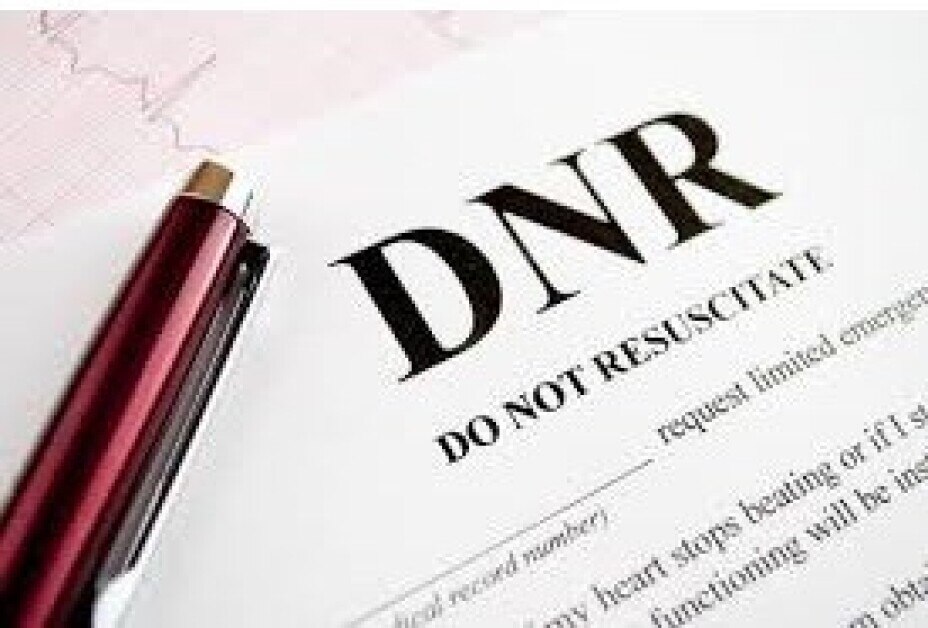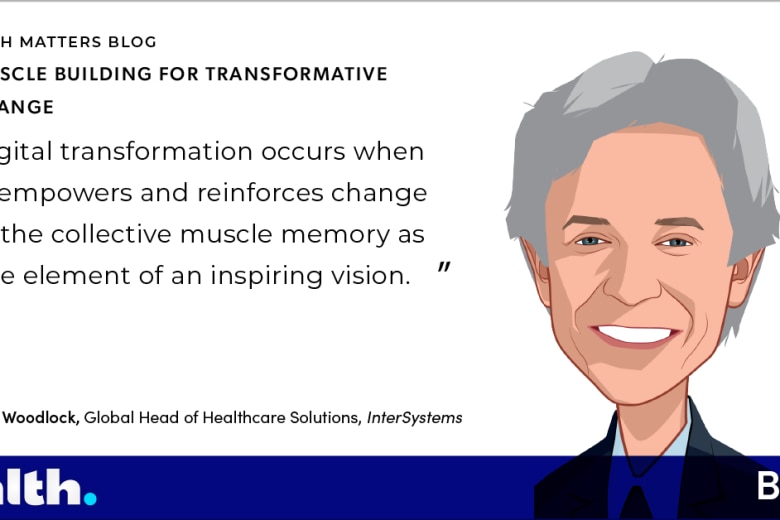By Brian Murphy, Analyst, Chilmark Research
All patients are urged to have a living will, a healthcare proxy, and advance directives. The latter come in various flavors and spell out the treatment the patient wishes should they become unable to direct their caregivers. The do-not-resuscitate (DNR) order is a well-known form of advance directive. Many patients communicate advance directives with some provider.
However, these preferences are almost never documented in any EHR. To make matters worse, many hospitals and other HCOs flat-out refuse to honor DNRs or even the wishes of family members present at critical times.
This topic has attracted significant worldwide attention inside and outside the healthcare system. In some parts of London, hospitals, ambulance crews, and other providers heed technology-enabled DNRs. A service within the National Health Service (NHS), Coordinate My Care (CMC), frames the problem in care management terms. Patients, working with their PCPs, enroll in an “urgent care plan” for circumstances when their PCP is not available.
CMC, using software from InterSystems, is accessible to doctors, nurses, social care providers, and emergency services that include the ambulance service, NHS 111 (a kind of 911 for healthcare) and something called “out of hours” access. (Amazingly, patients in England can access non-emergent medical services outside of the normal 9-to-5, Monday-to-Friday hours of most PCPs.)
The situation in the U.S. is sadly more scattershot. Florida has established rules of the road for EMTs and DNRs. Oregon pioneered Polst (Physician Orders for Life Sustaining Treatment) 20 years ago. It also created a registry in 2009 that gives EMTs and hospitals access to patient’s expressed preferences. Polst and Polst registries are slowly spreading around the U.S.
The Conversation Project is a high-profile U.S. effort to educate patients and their physicians about end-of-life planning. This IHI project is pioneering in many ways. But its approach is educational. It trains clinicians from every conceivable care venue, and it can’t offset the fact that clinicians get trained and then go home to continue “practicing alone together.” This siloed approach nibbles around the edges of the problem. It raises awareness, but it’s a precursor to action.
Actual, widespread, proactive action on patient/family requests for DNR orders remains elusive in the U.S., partially due to the highly fragmented IT infrastructure of healthcare.
In London, CMC was in a unique position to sidestep the silos from the outset. It provides uniform and consistent technology to the clinicians and care venues where it is likely to be needed. Technology is certainly important, but trust is the key. HCOs must be convinced that that relying on a DNR documented in an EHR, HIE, or attached to a DSM message will not result in a medical malpractice suit. Clinicians must trust that their provider employer will ratify their actions under the same circumstances. Patients have already demonstrated a willingness to convey their wishes once. Patient demand and technology are in place. All that is needed is for the culture of healthcare to adapt.
This blog was first published on the Chilmark Research website.
Brian Murphy
0000017a-7891-daeb-a7fa-f9fdd4590000
Brian Murphy is a Chilmark Research analyst focusing on HIE strategies and technologies. He is a strong advocate for the critical role healthcare IT can play in improving the quality of care. Brian has worked in the IT business for over 25 years, including experience as an analyst at Yankee Group and more recently with the EHR company Eclipsys, which was acquired by Allscripts. Follow Chilmark Research on Twitter at @chilmarkhit.




































